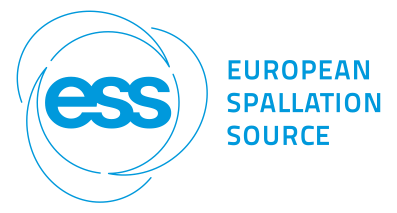Speaker
Ms
Arim Lee
(Pohang Accelerator Laboratory)
Description
The leakage of radioactive materials generated at particle accelerator facilities is one of the important issues in the view of radiation safety. In this study, fire and flooding at particle accelerator facilities were considered as the non-radiation disasters which result to the leakage or spread-out of radioactive materials. To analyze the expected effects at each disaster, the case study on fired and flooded particle accelerator facilities was done with the property investigation of interesting materials generated in the accelerator tunnel and the activity estimation. Five major materials in the tunnel were investigated: dust, insulators, concrete, metals and paints. The activation level on the concerned materials were calculated using several Monte Carlo codes (MCNPX 2.7+SP-FISPACT 2007, FLUKA 2011.4c and PHITS 2.64+DCHAIN-SP 2001). The impact weight was estimated for the different beam particles (electron, proton, carbon and uranium) and the different beam energies (100, 430, 600 and 1000 MeV/nucleon). With the consideration of the leakage path of radioactive materials due to fire and flooding and the activation level of selected materials, the impacts to the environment were evaluated. In the case of flooding, dust, concrete and metal were found as a considerable object. In the case of fire event, dust, insulator and paint should be taken care for. As expected, the influence of normal fire and flooding at electron accelerator facilities would be relatively low for both cases.
Author
Ms
Arim Lee
(Pohang Accelerator Laboratory)
Co-authors
Dr
Hee-Seock Lee
(Pohang Accelerator Laboratory)
Dr
Leila Mokhtari Oranj
(Division of Advanced Nuclear Engineering, POSTECH, Pohang 37673, Republic of Korea)
Dr
Nam-Suk Jung
(Pohang Accelerator Laboratory)
